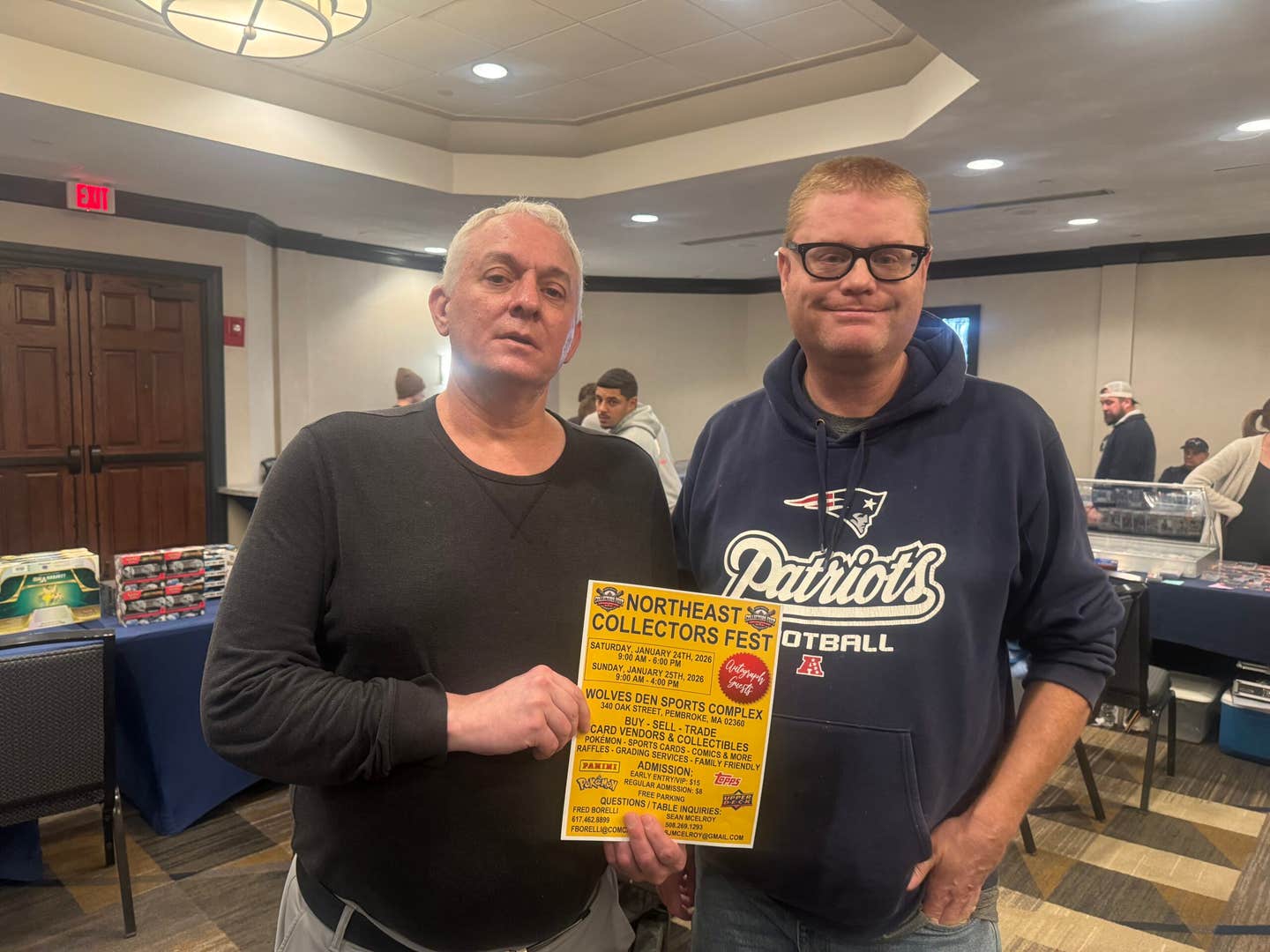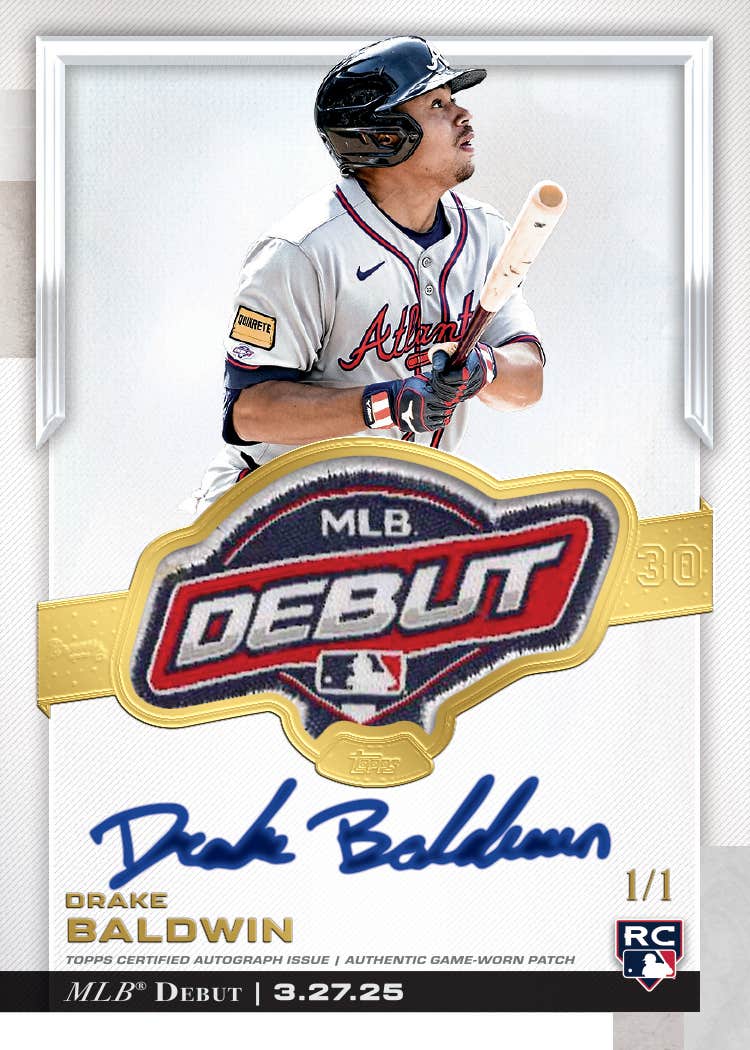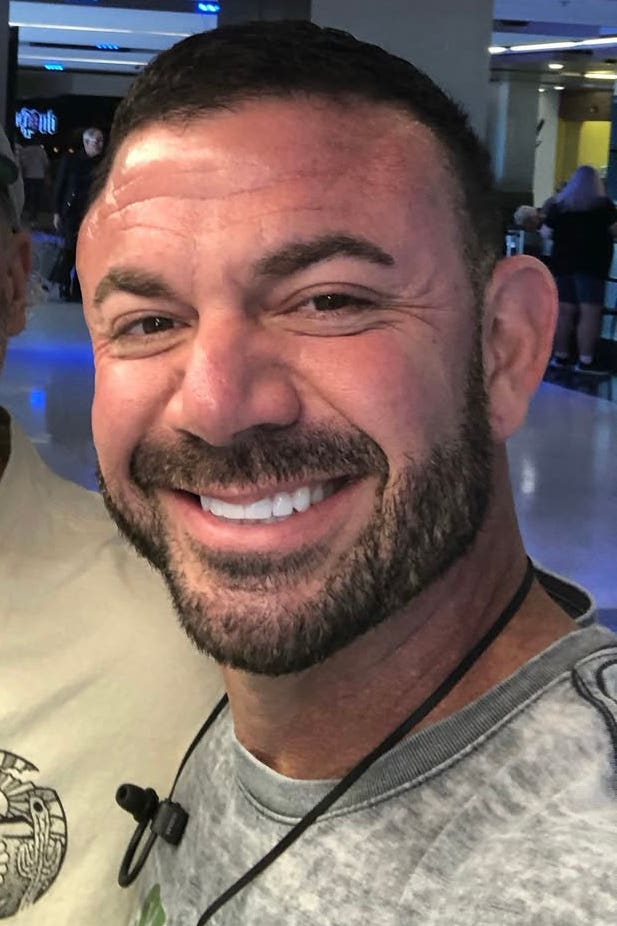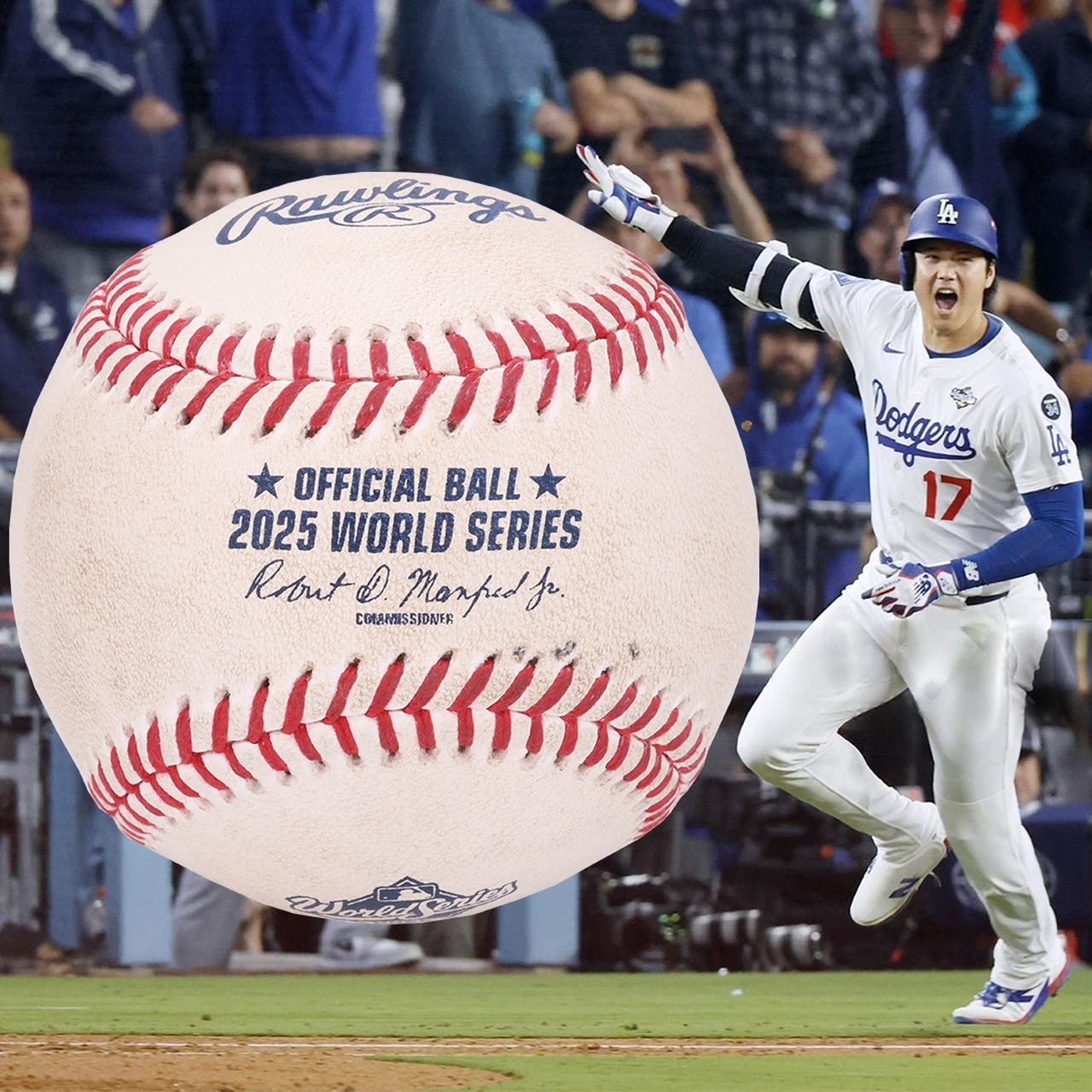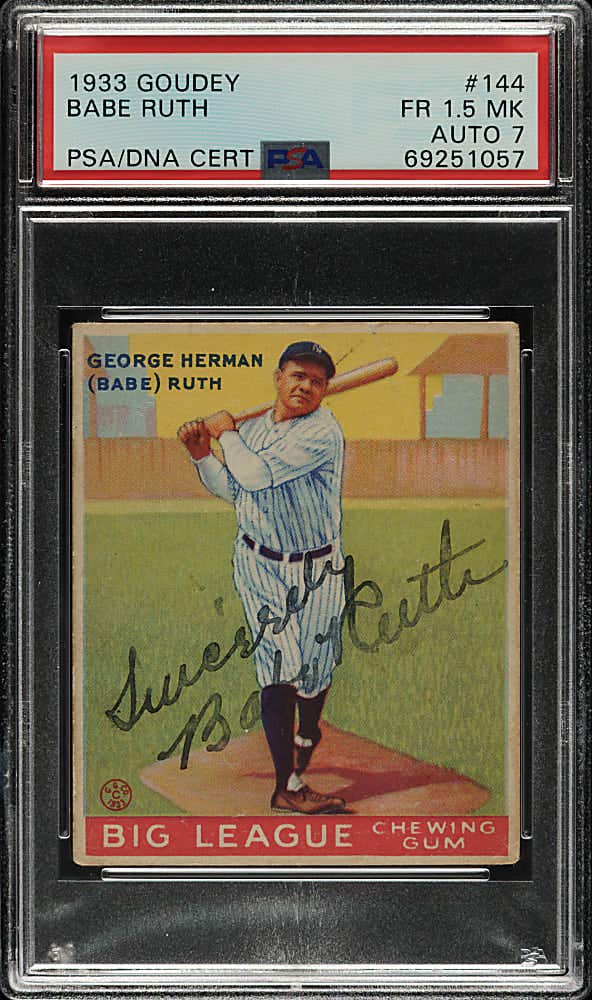Baseball
No player too obscure, no place too far for Corcor
It was a few years back, in some remote location down in Puerto Rico, and Bill Corcoran was doing what he does best – cajoling and sweet-talking a retired and mostly forgotten ex-major leaguer to scratch his John Hancock on a bunch of memorabilia.
In this case, the subject was Orlando McFarlane, a “who’s he?” catcher from the 1960s who hit .240 in 124 major league games for three different clubs. Corcoran, who could probably get hired as a private eye at any respectable detective agency, had tracked the Cuban-born McFarlane through an old address in North Carolina and had managed to get him lined up for an autograph session. Yes, there really are collectors out there who want autographs of the Orlando McFarlanes of the world, and Corcoran is the undisputed king of corralling long-lost ballplayers.
But on the day McFarlane was supposed to come through with his signature, there was one problem even Corcoran couldn’t have seen coming — and he has seen a lot of potential hurdles.
“I finally get down there and get him signing — and I’ve got just a ton of stuff for him to sign — and his hand is shaking so bad he can barely write,” Corcoran said. “I thought, ‘Oh, man, he’s never gonna get through all this. This is gonna be terrible.’
“Then Orlando asks us, ‘Hey, have you got any rum?’ Well, the guy whose house we were at manages to eventually get him a bottle, and he starts drinking it right out of the bottle. He gets about halfway through the bottle, and he holds up his hand and says ‘Look!’ His hand had stopped shaking. All it took was a bottle of rum to calm him down.”
Autograph guru
It was just another day in the life of Corcoran, who modestly admits that he has more than 400,000 items in his autograph inventory covering 11,000 major league players — many of whom can be found only in Corcoran’s stash. It has taken Corcoran 40 years of hustling, networking and countless trips to South and Central America to pile up that kind of collection. The road that has led him to become one of the true luminaries of the autograph world is not really one that the affable Corcoran had planned, nor one that he would necessarily recommend to other aspiring dealers.
“It’s kind of a unique approach in the way I do things,” he said. “A lot of dealers buy inventory, buy a collection and then sell it immediately. You take your money and move on, and that’s great.
“I kind of go against that. I’ve got 400,000 items in stock. I have probably the most extensive, deepest inventory around. I have a very, very heavy inventory, which probably goes against every business model. But when somebody comes to me with a want-list with 10 names, and I have eight of them, I get an immediate sale. I thrive on having almost everybody on almost any kind of item.”
Need a Jimmy Rosario from 1972? Corcoran’s your man. Looking for a Ramon Hernandez from the late 1960s and early ’70s? No worries. Camilo Pascual or Willie Tasby from the early ’60s? Got ’em. And the funny thing is, even if Corcoran wasn’t going to sell these autographs, he’d probably have them anyway.
“What I’ve done is just follow my own interests. I’ve been a collector for 40 years, and thankfully, a lot of my own interests coincide with the interests of a lot of other collectors,” Corcoran said. “I got my first autograph when I was 10 years old, and even back then, and as a teenager, I had a fascination with the Latin players. I just always considered them a greater challenge for collectors, and I probably pursued them with a little more excitement and passion than maybe the other guys. But like any business, you have to gear it to the needs of collectors, and if my own needs and interests didn’t coincide with other collectors, I wouldn’t be in business very long.”
Corcoran eschews the fancy websites, auctions and media blitz that other dealers often rely on today. Instead, he puts together a monthly newsletter for his core customers, letting them know what he has for new inventory, what trips and signings he has planned and other news of note. He doesn’t have a storefront, and he doesn’t even have a catchy name for his business.
“Really, the crux of my business is the old-time collectors. Some of these guys I’ve known for 20-25 years,” Corcoran said. “My inventory is too great to list in one catalog. Once a month, I send out a sampling of the different areas, and it’s enough fine print to keep a collector busy for a while.”
On the road again
In recent years, Corcoran grew weary of the traveling and maddening logistics involved in lining up signings outside the continental U.S., and he quit doing such signings until recently. He has begun making trips again, piling up more signatures and filling a niche that nobody else is seemingly willing or able to fill.
“First, you have to know what the collectors are after, and secondly, you have to have the skills to deal with these players and be a bit of a salesman,” Corcoran said. “A lot of these guys don’t even know what a signing is. You really have to develop a relationship and a rapport with a player.”
Chasing down autographs from retired journeymen like Fernando Gonzalez and Julio Valera is rarely a quick win financially. But Corcoran is nothing if not patient.
“It’s hard,” he admitted. “I’ll be honest, out of the 500 Latin players I’ve worked with, probably only two or three have made a profit for me from day one. It can be a huge outlay initially with the travel, fees to the players, getting the cards for them to sign. But what I get out of it is inventory. It’s a 20-year proposition. It’s just like buying a collection. You’re putting out a lot of money initially, but eventually it all comes around.”
It’s clear, however, that Corcoran receives a lot more than just some autographs and inventory when dealing with aging and, in many cases, forgotten and downtrodden ballplayers.
“A lot of the guys get tears in their eyes just to be remembered in some way,” he said. “And instead of giving them money, they sort of earn it by signing, and they keep their dignity. A lot of these players have fallen on hard times. Years ago, Sandy Amoros was literally living in poverty in Florida. I worked with him three times and did signings for him. I’d advertise him, and whatever we got for the signings, I’d just turn over to Sandy. He had health problems, and he eventually had his leg amputated. I remember I visited him in the hospital, and when he saw me, he got tears in his eyes. He was just so happy somebody remembered him. I guess I have this helping gene in me. The signings help players, it’s fun and it serves a purpose.”



